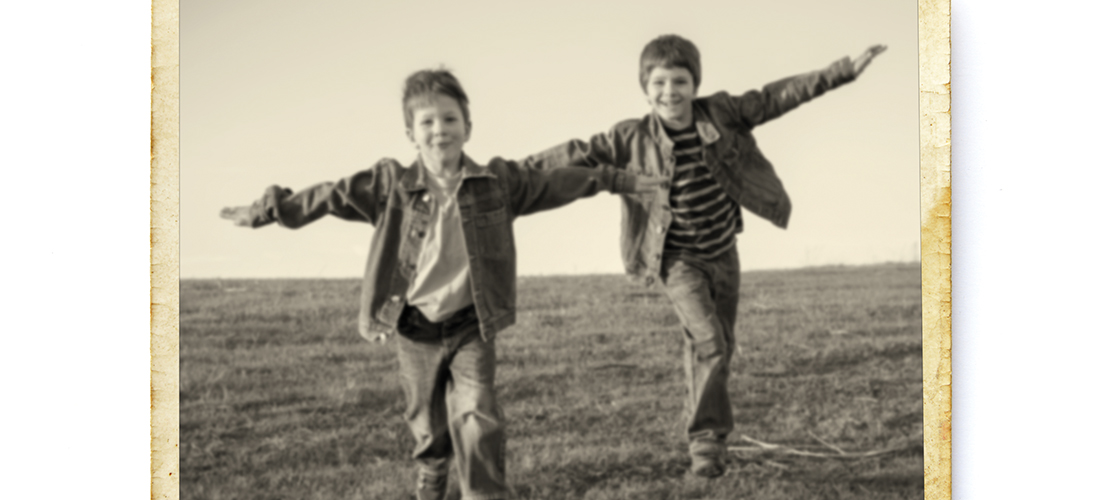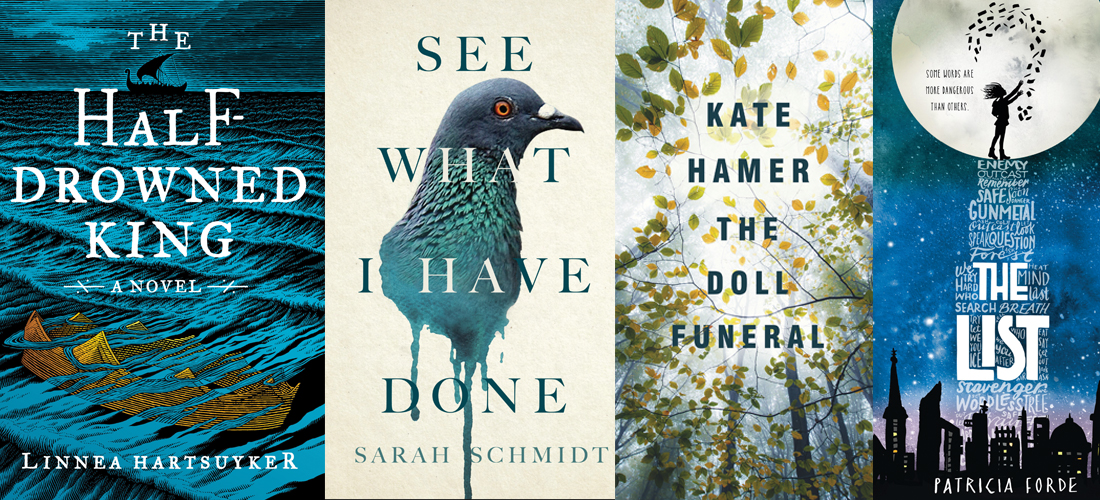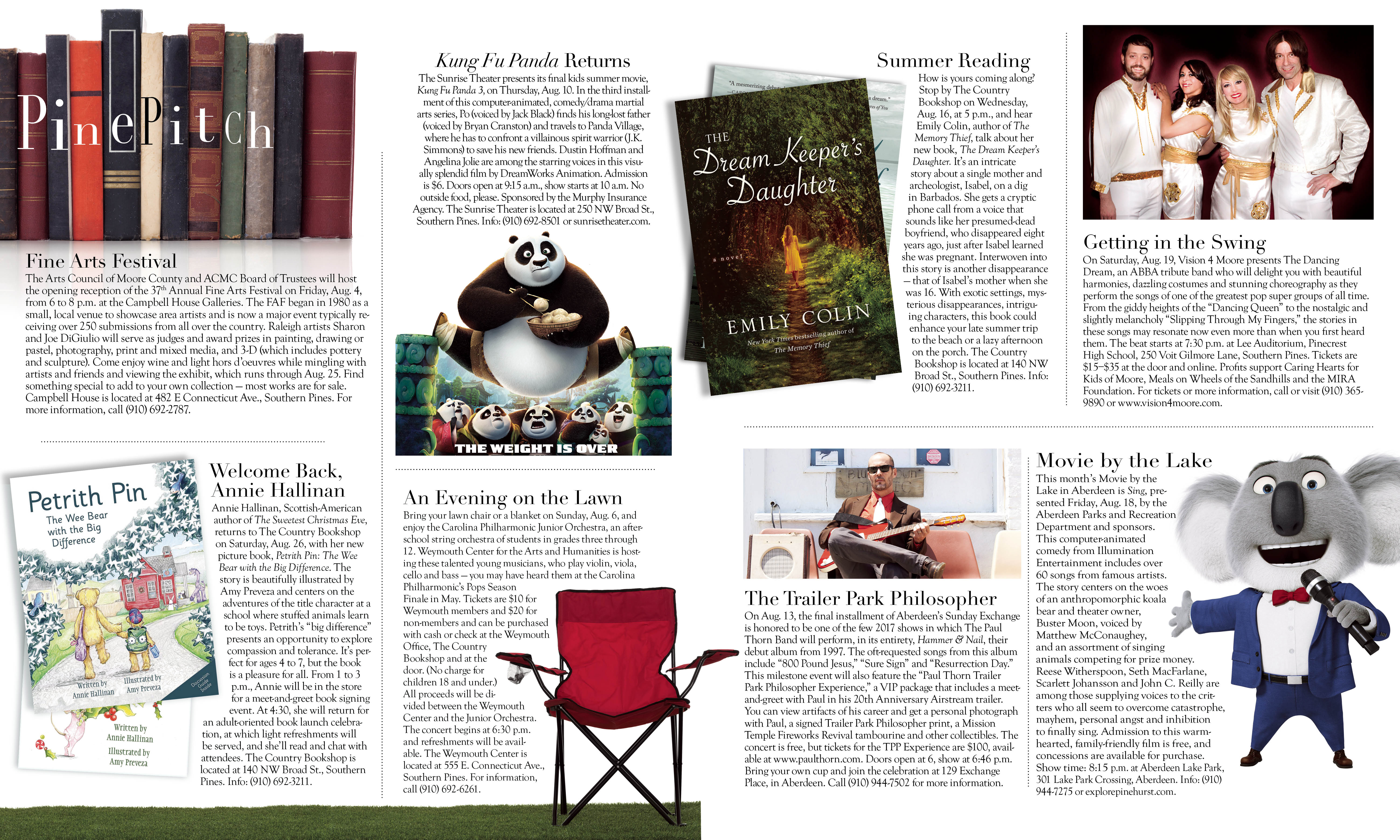Change of Place
How the king of the legal thriller became an adopted son of Carolina
By D.G. Martin
When John Grisham’s latest novel, Camino Island, hit bookstore shelves in June, it immediately rose to number one on The New York Times best-seller list and stayed there for weeks.
No surprise there. That is what John Grisham’s books do.
But Camino Island is different from most of Grisham’s previous 30 novels. It is not his usual legal thriller in which crimes and mystery intersect with the lives of lawyers and judges. Lawyers make only cameo appearances in the new book.
Instead, the action is set in the literary world — the world of writing, publishing and selling books. There is also a literary underworld of criminals who steal and sell valuable manuscripts. Grisham still gives us a crime story. But this time writers, readers and booksellers, as well as thieves, take center stage.
One of the book’s central characters gives it a strong North Carolina connection. Mercer Mann, a writing instructor at UNC-Chapel Hill, is losing her job. She suffers writer’s block as she tries to complete her second novel to follow up her first mildly successful one. Carrying a burden of tens of thousands of dollars in student debt, she is at loose ends. Her desperate situation and some other personal connections make her a prime target to be recruited for an undercover assignment to help recover a stash of valuable stolen papers.
Earlier, a group of clever thieves has broken into the Princeton University library and walked away with the original manuscripts of The Great Gatsby and four other novels written by F. Scott Fitzgerald. The papers were insured for $25 million. The insurance company suspects that Bruce Cable, a rare book dealer and bookstore owner, has possession of the Fitzgerald papers. He is the center of a group of writers, fans and book collectors on Camino Island, a small resort community near Jacksonville, Florida.
Somehow investigators for the insurance company learn that Mercer’s grandparents had lived on Camino Island, that their house is still in the family, and that Mercer has been a frequent visitor. The company sends the case’s lead investigator, Elaine Shelby, to Chapel Hill to recruit Mercer. She wants Mercer to go to Camino Island, where she can infiltrate Bruce’s group, make friends with him, and try to learn whether he has the Fitzgerald papers.
In Chapel Hill, Elaine wines and dines Mercer at Spanky’s and the Lantern restaurants, two of the town’s favorites, and, incidentally, not far from the house where Grisham and his wife, Renee, live when they visit their daughter and her family, who live in Raleigh.
Mercer is a reluctant recruit, but Elaine is persistent and persuasive. Elaine’s promise to pay Mercer’s student debt is a clincher. She tells Elaine, “I have sixty-one thousand dollars in student debt that I can’t get rid of. It’s a burden that consumes every waking hour and it’s making me crazy.”
Elaine promises, “We’ll take care of the student loans.” Plus, she offers another $100,000.
Later, when Mercer has doubts, Elaine continues to persuade, “You’re a writer living at the beach for a few months in the family cottage. You’re hard at work on a novel. It’s the perfect story, Mercer, because it’s true. And you have the perfect personality because you’re genuine. If we needed a con artist we wouldn’t be talking right now.”
Sure enough, Mercer becomes part of the group of writers who gather around Bruce and his bookstore. Some of them, Mercer discovers, “are seasoned raconteurs with an endless supply of stories and quips and one-liners. Others are reclusive and introverted souls who labor in their solitary worlds and struggle to mix and mingle.”
As she mingles and mixes, she learns that the popular authors whose books have sold well “longed for critical acclaim, while the literary ones . . . longed for greater royalties.”
Getting to know the writers leads to Mercer getting to know Bruce, the smart and charming owner of Bay Books. He owns a dozen seersucker suits and wears a different color each day. He has persuaded 100 customers to collect signed first editions and to put in a standing order to buy signed copies of the latest book by every visiting author. Bay Books makes big money on the sales, and those sales attract book tour visits by America’s most popular authors.
Bruce does well as an independent bookseller. He does even better collecting and selling rare books and signed first editions.
Is he also making even more money dealing in the dark world of stolen books and papers?
Mercer’s assignment is to get to know Bruce well enough to learn whether he has possession of Princeton’s Fitzgerald papers. By courting and charming him, she ultimately finds the answer.
Meanwhile, he is courting and charming her, too. While she is finding out about his dark world, he prepares defenses to turn the tables on her and the investigators’ plot to prove that Bruce has his hands on the Fitzgerald papers.
So, as the story moves toward an expected ending, Grisham does his usual. He twists the expected into a set of cascading surprises that will fool, entertain and delight his readers, just as he does in his legal thrillers.
Is there more than an entertaining story here? Does Grisham, for instance, want to highlight our country’s growing problem with the student debt that is affecting so many young Americans? He says not. The student debt burden on Mercer, he says, is just a small plot point in the Camino Island story. But, according to Grisham, his next legal thriller, coming out in October, will have overwhelming student debt as a central feature of the new novel’s plot.
North Carolinians love their authors. They love for North Carolina authors to have the kind of success Grisham enjoys. Some North Carolina Grisham fans argue that his growing connections to our state give us grounds to say that he is one of us.
Grisham himself says his farm near Charlottesville, Virginia, is his home and that he is very happy there.
However, his North Carolina contacts are substantial. In addition to his house in Chapel Hill, his daughter’s family in Raleigh, and the Chapel Hill scenes in the latest book, he is a Carolina basketball fan. Grisham and popular television host Charlie Rose have an ongoing $100 bet on every Carolina-Duke basketball game. Rose supports his alma mater, Duke. Grisham bets on Carolina.
On his recent book tour to promote Camino Island, he made only 11 stops. Four were in North Carolina, twice as many as in any other state. Along the way he invited other North Carolina literary giants — Randall Kenan, Jill McCorkle, John Hart, Ron Rash, Wiley Cash and Clyde Edgerton — to discuss their work.
Even if Grisham and his wife are still proud Virginians, we can declare them honorary North Carolinians.
Grisham dedicated Camino Island to Renee. He gives her credit for helping develop the new book’s plot as they were driving to Florida for vacation. They collect rare books and signed first editions. When they heard a radio report about a stolen rare book, they were off and running and had the outline of the book developed before they got out of the car.
I bet they were driving through North Carolina when the idea hit.
John Grisham’s Do’s and Don’ts for Writing Popular Fiction*
1. DO — WRITE A PAGE EVERY DAY
That’s about 200 words, or 1,000 words a week. Do that for two years and you’ll have a novel that’s long enough. Nothing will happen until you are producing at least one page per day.
2. DON’T — WRITE THE FIRST SCENE UNTIL YOU KNOW THE LAST
This necessitates the use of a dreaded device commonly called an outline. Virtually all writers hate that word. I have yet to meet one who admits to using an outline. Plotting takes careful planning. Writers waste years pursuing stories that eventually don’t work.
3. DO — WRITE YOUR ONE PAGE EACH DAY AT THE SAME PLACE AND TIME
Early morning, lunch break, on the train, late at night — it doesn’t matter. Find the extra hour, go to the same place, shut the door. No exceptions, no excuses.
4. DON’T — WRITE A PROLOGUE
Prologues are usually gimmicks to hook the reader. Avoid them. Plan your story (see No. 2) and start with Chapter 1.
5. DO — USE QUOTATION MARKS WITH DIALOGUE
Please do this. It’s rather basic.
6. DON’T — KEEP A THESAURUS WITHIN REACHING DISTANCE
I know, I know, there’s one at your fingertips.
There are three types of words: (1) words we know; (2) words we should know; (3) words nobody knows. Forget those in the third category and use restraint with those in the second.
A common mistake by fledgling authors is using jaw-breaking vocabulary. It’s frustrating and phony.
7. DO — READ EACH SENTENCE AT LEAST THREE TIMES IN SEARCH OF WORDS TO CUT
Most writers use too many words, and why not? We have unlimited space and few constraints.
8. DON’T — INTRODUCE 20 CHARACTERS IN THE FIRST CHAPTER
Another rookie mistake. Your readers are eager to get started. Don’t bombard them with a barrage of names from four generations of the same family. Five names are enough to get started.
*Shared first in The New York Times, May 31, 2017. PS
D.G. Martin hosts North Carolina Bookwatch, which airs Sundays at noon and Thursdays at 5 p.m. on UNC-TV.







